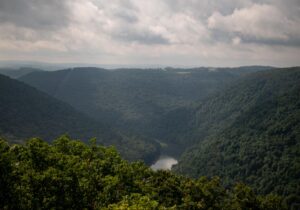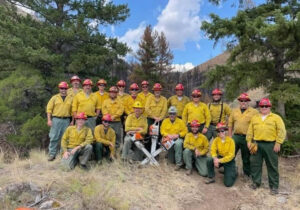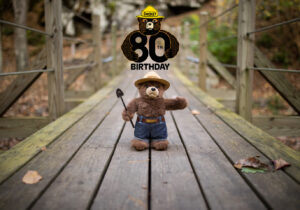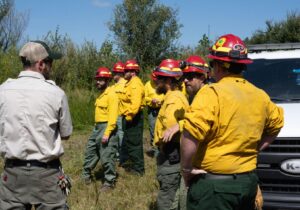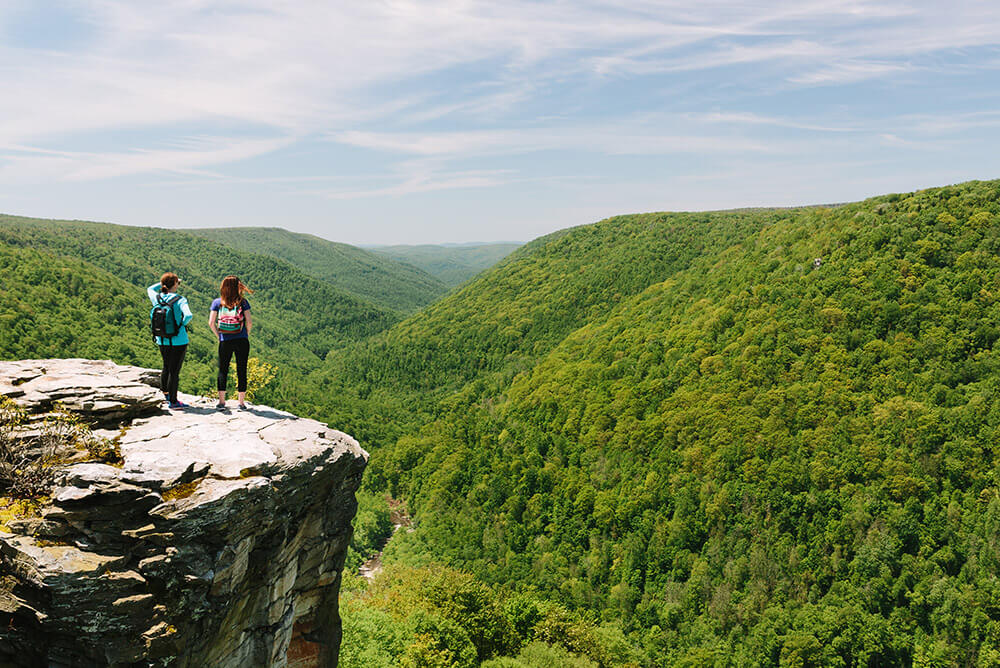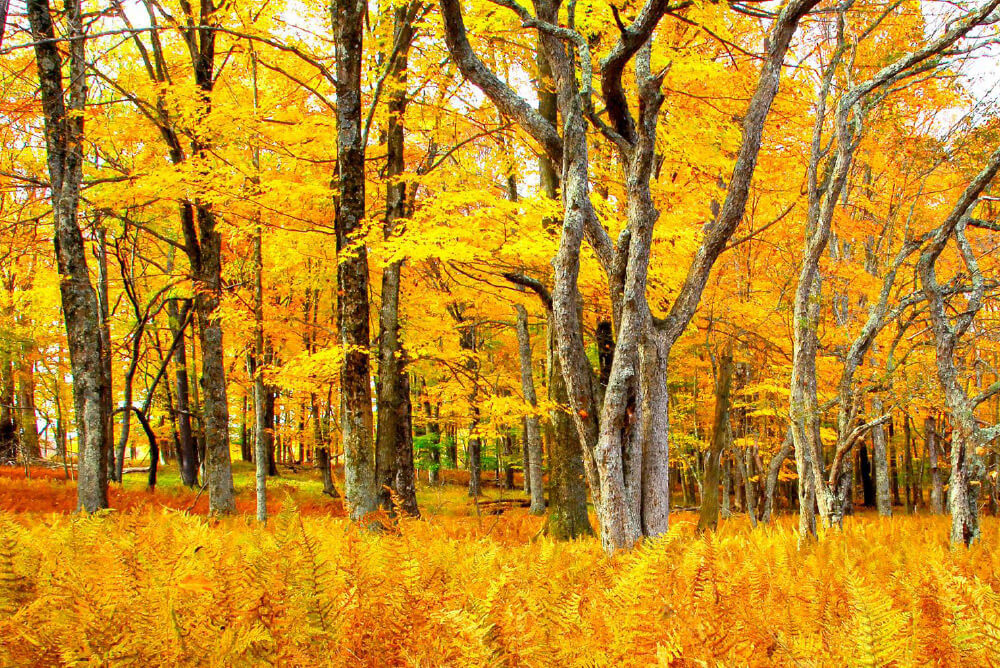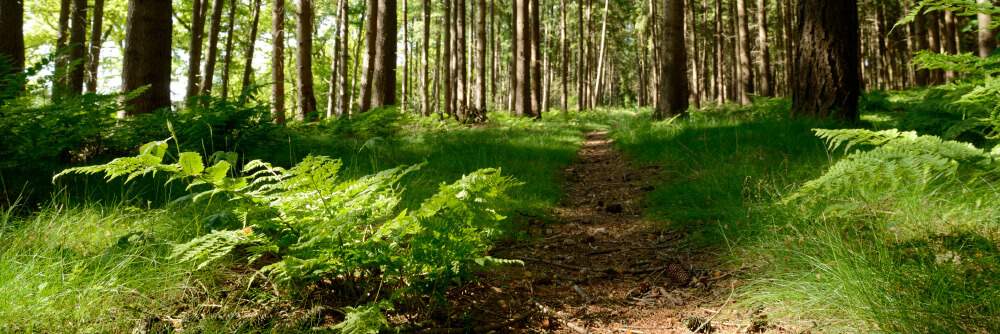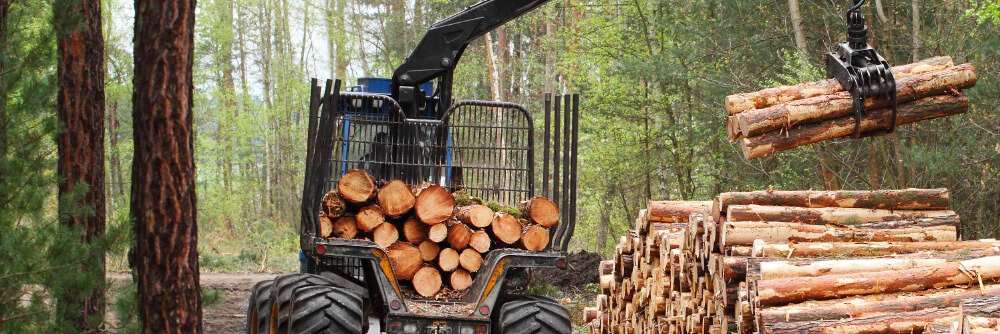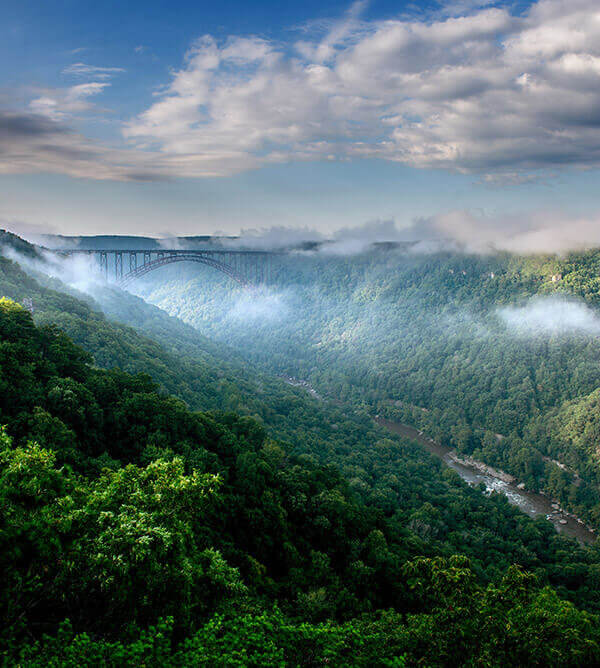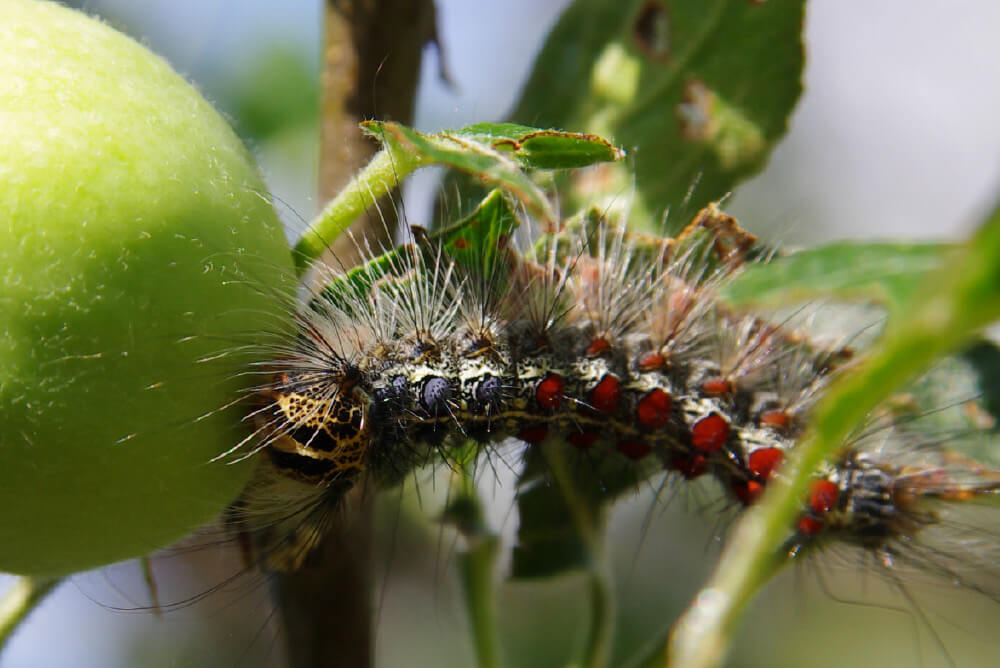Firefighting tactics/techniques
Fighting wildfires requires different tactics and resources compared to fighting a house fire.
“You can’t always squirt the fire out with a hose,” said Linda Carnell, Assistant State Forester for the West Virginia Division of Forestry.
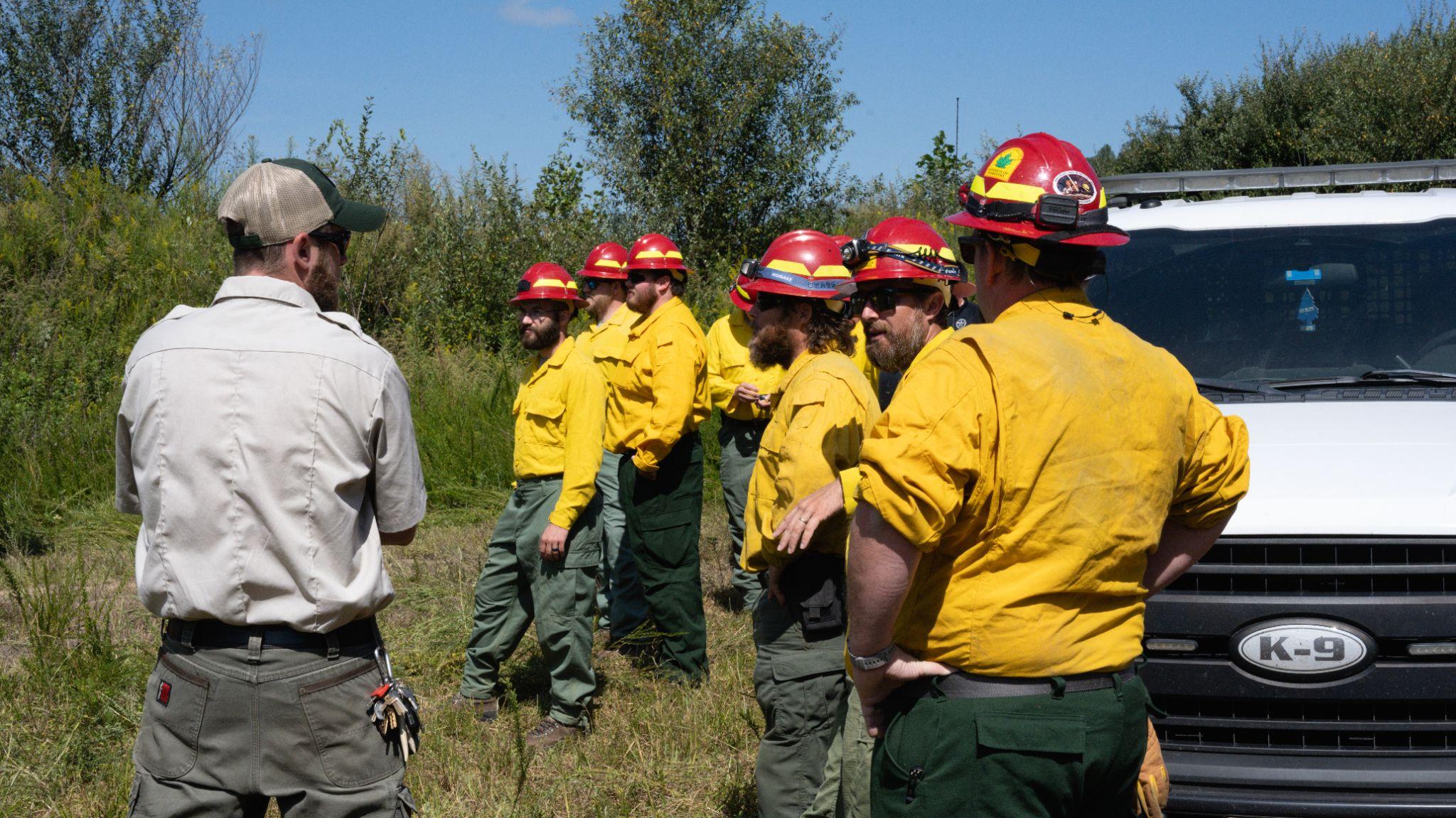
What Makes a Fire Burn
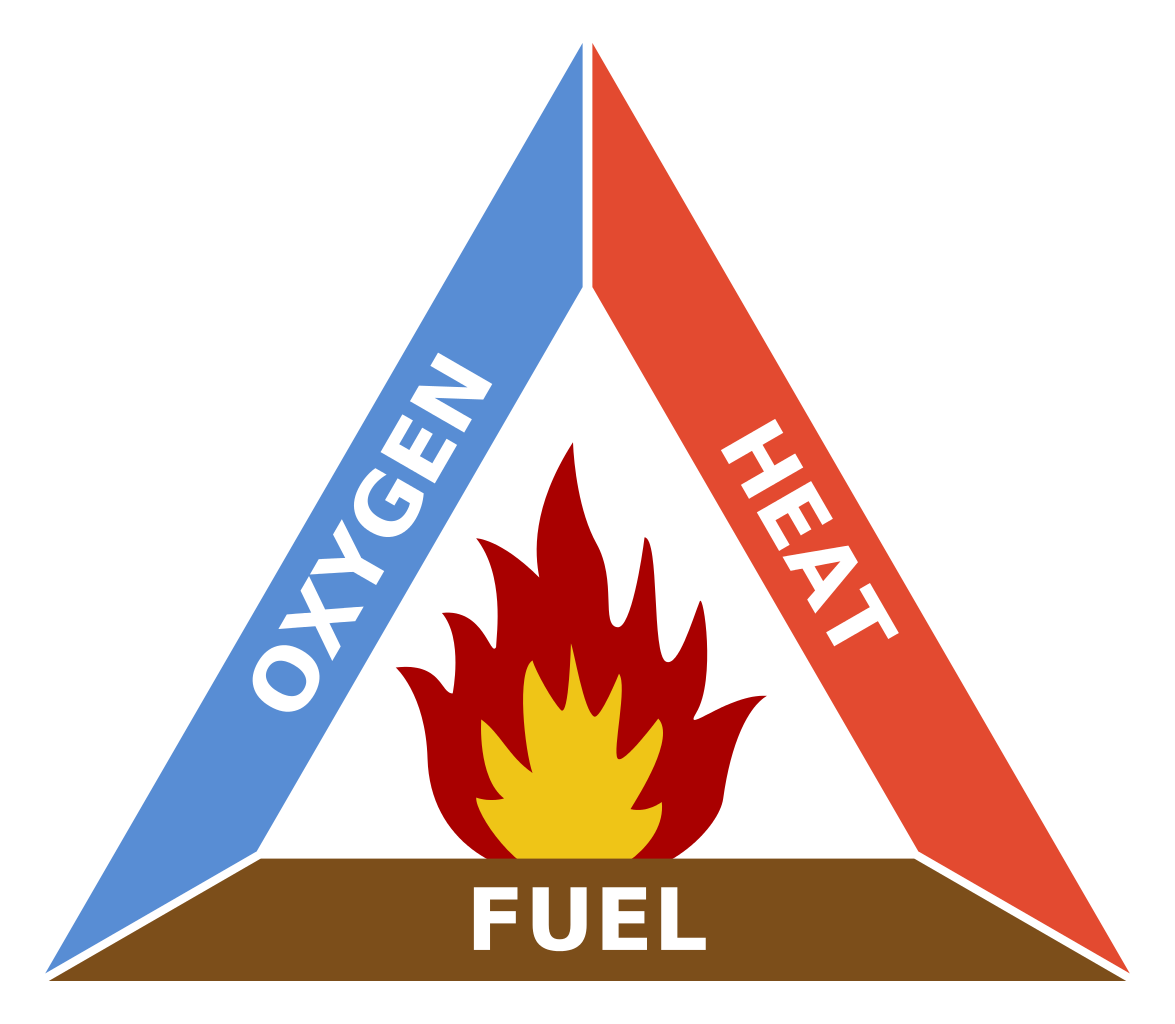 Fire is a natural element. We use it to cook with and heat our homes and even enjoy it when recreating. But sometimes fire can get out of control. Depending on what type of fire it is determines how that fire will be fought. Wildland Firefighting is a dangerous, dirty and time-consuming job.
Fire is a natural element. We use it to cook with and heat our homes and even enjoy it when recreating. But sometimes fire can get out of control. Depending on what type of fire it is determines how that fire will be fought. Wildland Firefighting is a dangerous, dirty and time-consuming job.
Fire needs oxygen, fuel and heat to stay active. This is described as a fire triangle where each side represents one of those needs. If you take one side of the triangle away, fire cannot exist.
Fire is fought using either a direct and indirect fire fighting method. When a structure is on fire, firefighters use a more direct method to control a fire, which can include directing water/foam at the structure to contain the fire. This method extinguishes the heat source side of the fire triangle.
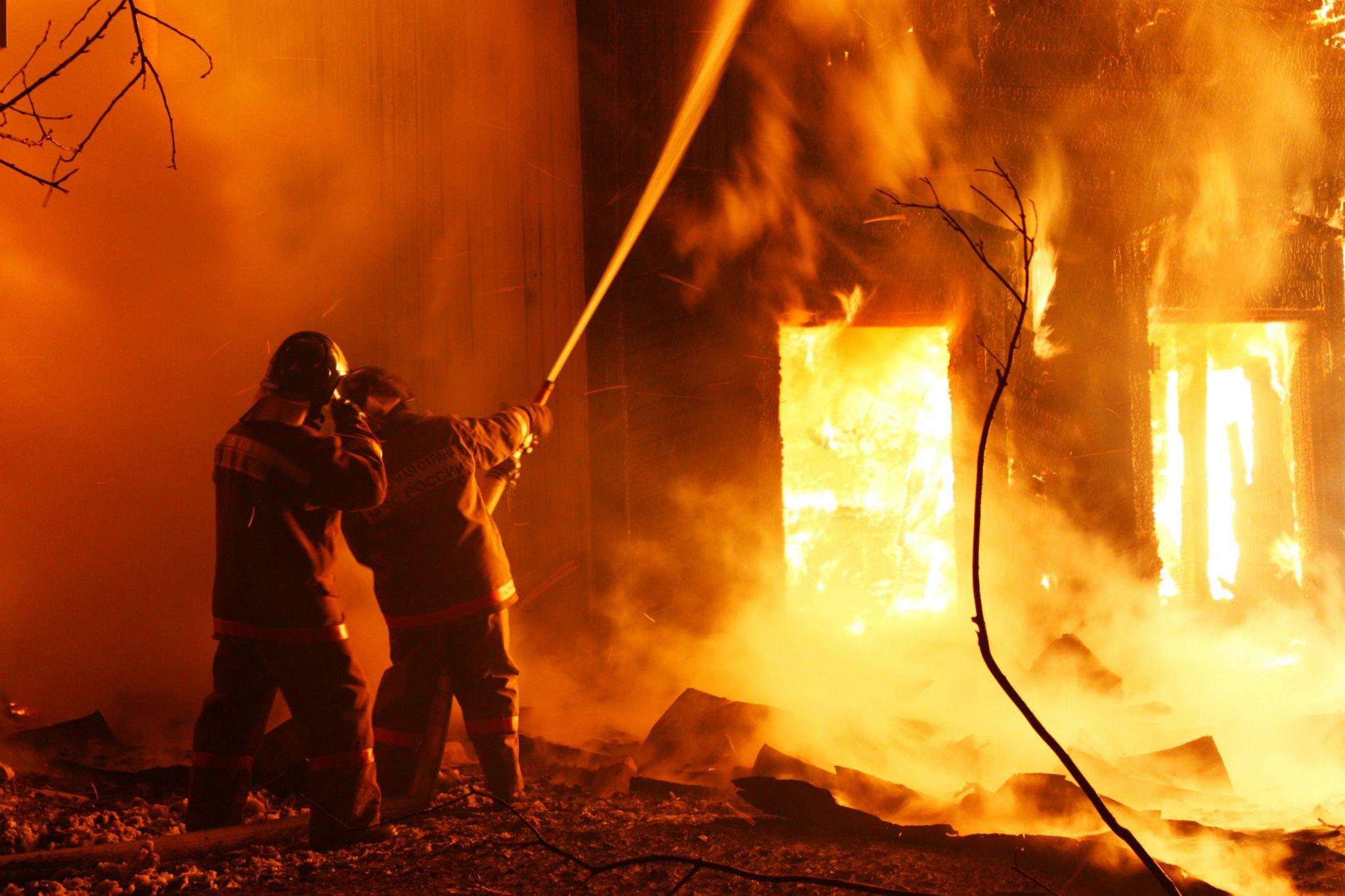
When a wildfire happens, it is not confined to a finite structure and can quickly get out of control as it consumes oxygen and fuels and to become larger. A number of factors can determine the intensity of a wildlife, including temperature, topography (terrain) and 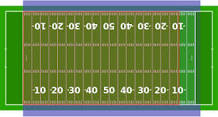 weather conditions (wind, relative humidity and precipitation).
weather conditions (wind, relative humidity and precipitation).
Foresters and firefighters typically report how large a fire is using acres. But, that can be a little hard to visualize. One acre is approximately the size of a football field – if you remove the endzones. If a fire is 1,500 acres, that is the equivalent of approximately 1,500 football fields ablaze – you can’t fight that fire the same way you would a kitchen or even a structure fire. Wildfires require a more indirect approach.
Fighting Wildfires Using Controlled Lines
Spraying water on a large fast-spreading wildfire is not very effective. So when dealing with wildfires, wildland firefighters/foresters have to use more indirect methods. These include using hand tools (rakes, pulaskis, axes and chainsaws) and leaf blowers for smaller fires. For a larger fire, a dozer line may be needed to control the perimeter. 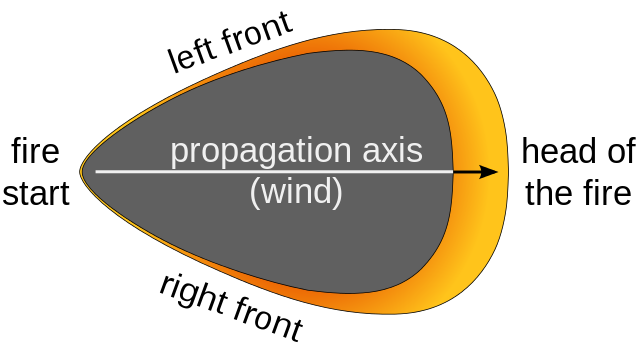 Foresters put a dozer line all the way up both flanks and at the head of the fire. The head of the fire is where the fire is going, and they want to cut it off. Once lines are installed then controlled line fires are introduced with fusees or drip torches.
Foresters put a dozer line all the way up both flanks and at the head of the fire. The head of the fire is where the fire is going, and they want to cut it off. Once lines are installed then controlled line fires are introduced with fusees or drip torches.
Wildland firefighters/foresters conduct controlled burns (line fires are sometimes known as backfires) within the containment lines to counteract the wildfire spread. They monitor the lines to make sure the fire doesn’t send sparks outside the line. 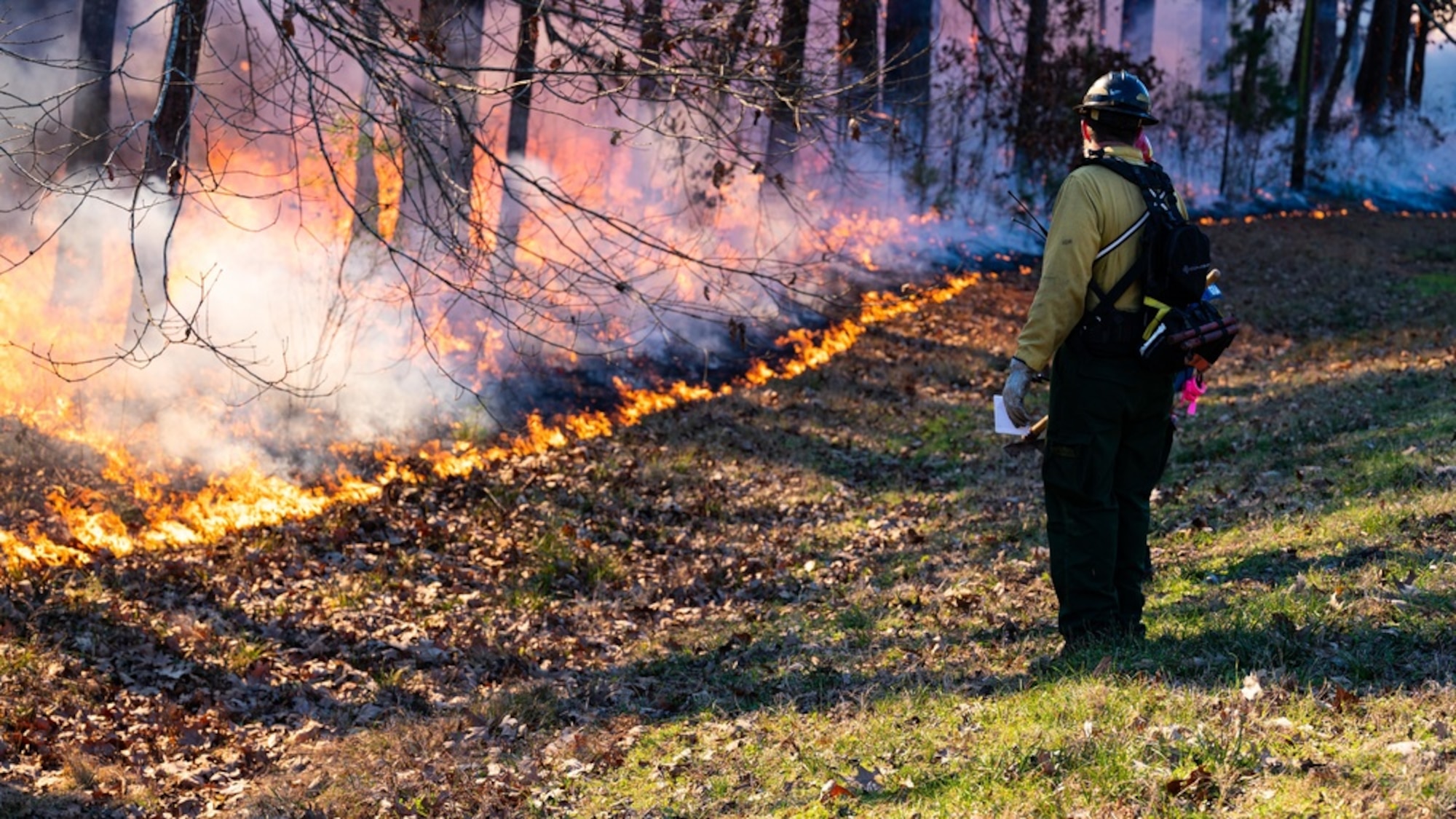 During extremely dry conditions, fires can use the roots underground and can resurface outside the fireline. These controlled fires are meant to burn downhill, backward very slowly; and they consume the fuel that the head of the fire needs. This is a way to manage the fire. It can be a slow process. Once the head of the fire and the controlled burn meet, that stops the fire from spreading further due to no fuel source for the fire to consume. Smoldering debris can smoke for days but as long as it is within the control line it will extinguish itself soon.
During extremely dry conditions, fires can use the roots underground and can resurface outside the fireline. These controlled fires are meant to burn downhill, backward very slowly; and they consume the fuel that the head of the fire needs. This is a way to manage the fire. It can be a slow process. Once the head of the fire and the controlled burn meet, that stops the fire from spreading further due to no fuel source for the fire to consume. Smoldering debris can smoke for days but as long as it is within the control line it will extinguish itself soon.
Foresters use the phrase “fight fire with fire” in a literal sense.
Size, Location, and Other Factors
Anthony Evans, Deputy State Forester and Eric Jarrell, Assistant State Forester – Fire share how size and location determine tactics of how the firefighters suppress the fire.
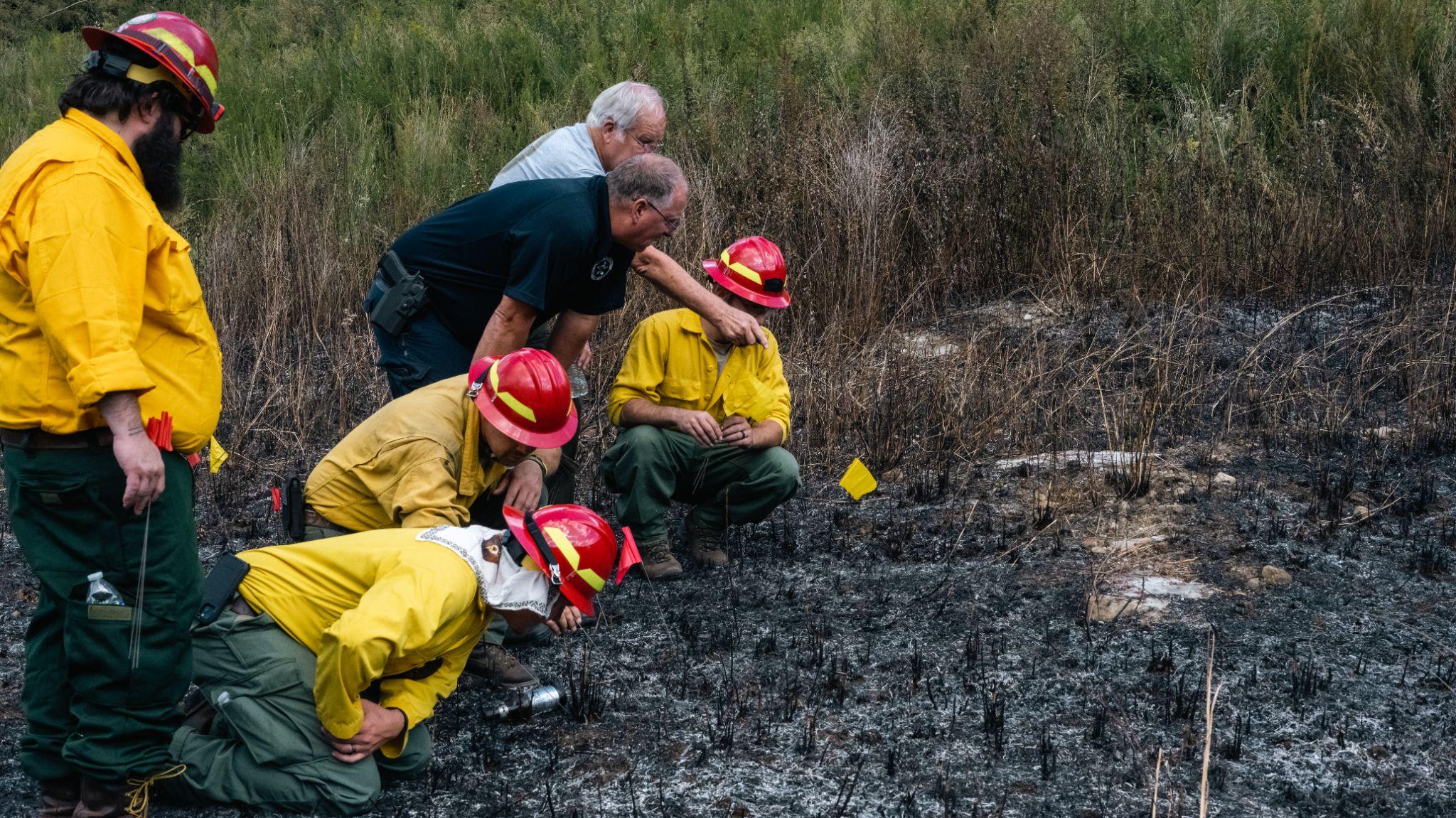
“If the fire is small in size when crews arrive, then, chances are, control of the fire can be obtained by a VFD with a hose lay or a hand crew getting above the fire before it starts making a run up the hill and putting control lines around the fire, ” Jarrell said. “If the fire is already large when crews arrive, then more time will need to be spent on scouting the area for the best control line options.”
“Location is crucial in determining how the fire is fought,” Evans added.
“Is the fire on flat ground or hillside and how steep is the hill? Are there structures in the path of the advancing fire? If structures are involved you take action to protect them first. If the fire is still small and hasn’t become established (running up the hill) and you have the resources, you can make a more direct attack on the fire,” Evans said.
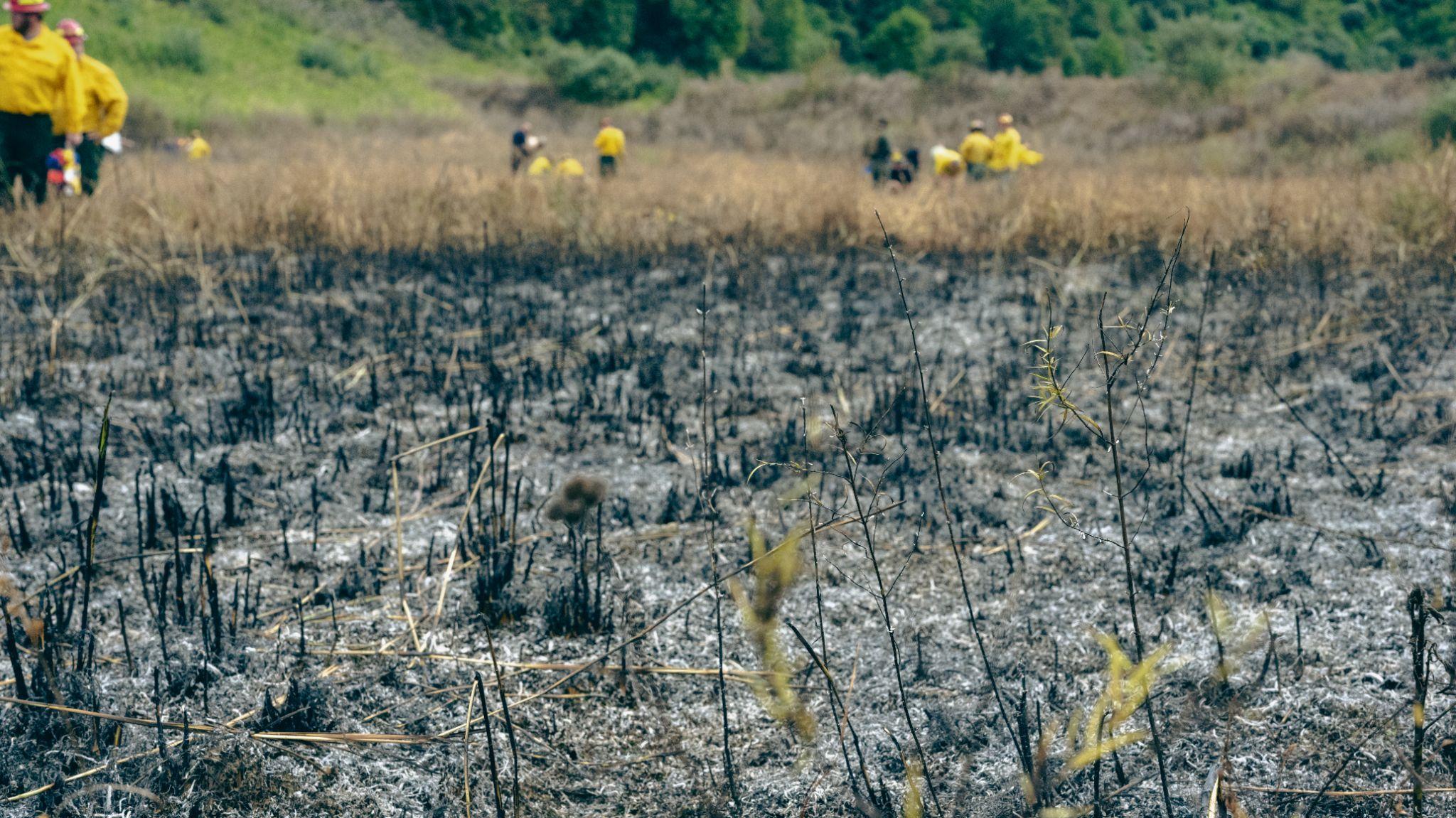
While scouting the area, firefighters determine control line locations based on the location of the fire, the terrain that the fire is burning in and weather conditions.
“These three factors affect the fire suppression tactics much more than the size of the fire,” Jarrell said.
The rate of spread needs to be considered when deciding suppression tactics and control line location. If the terrain is steep and the fire is advancing quickly, the crew must start control line construction farther away from the fire, thus sacrificing more land to be burned.
“Weather conditions probably play the most significant role when determining suppression tactics — not only current weather, but what the weather will be doing in the next 24 hours or so,” Jarrell said.
The more the wind is blowing, the faster the fire advances. Low humidity means that fuels will ignite quicker and burn hotter, thus causing the fire to advance quicker.
Be Vigilant and Aware of Fire Season
West Virginians can help prevent wildfires by heeding state burn laws. During Spring Fire Season (March 1 to May 31), burning is prohibited from 7 a.m. to 5 p.m. It’s considered safer to burn after 5 p.m. because the wind usually subsides during the evening and nighttime hours, along with the humidity rising.
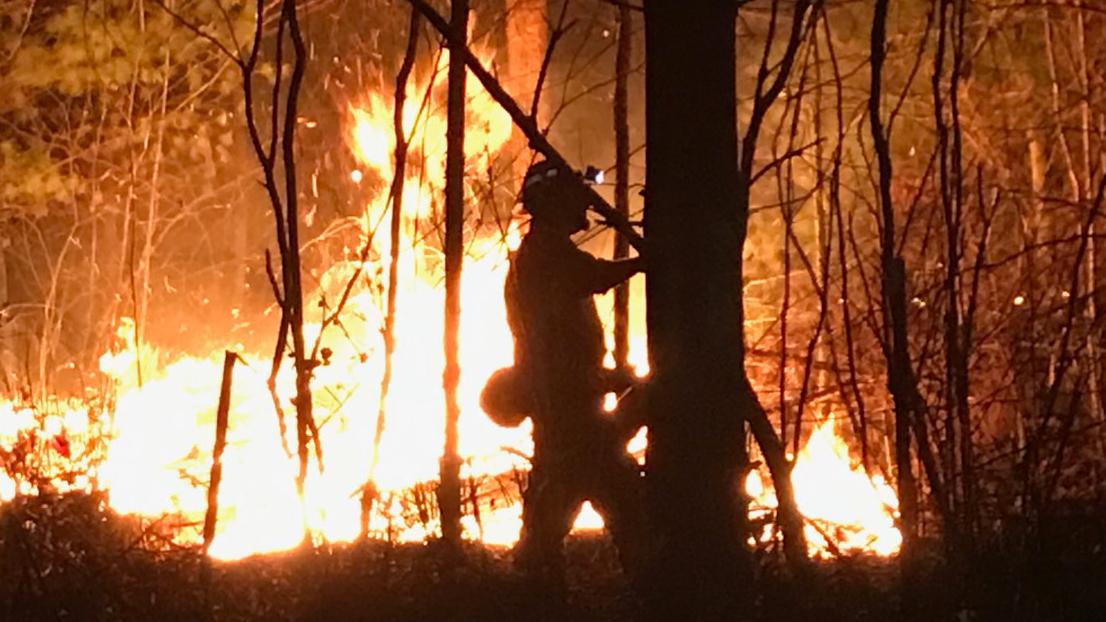
Less wind and higher humidity means that a burning debris pile is less likely to escape into the surrounding woodland.
“I would ask that anyone who wants to burn a debris pile follow ALL of the fire laws,” Jarrell said.
Consult the Division of Forestry’s Fire Burning Guidelines before you begin. If you’re burning outdoors, always have at least a 10-foot safety strip (mineral soil) around the debris pile and stay with the fire until it is completely out. If you must leave the fire, drown it with water so that it is out and will not rekindle.
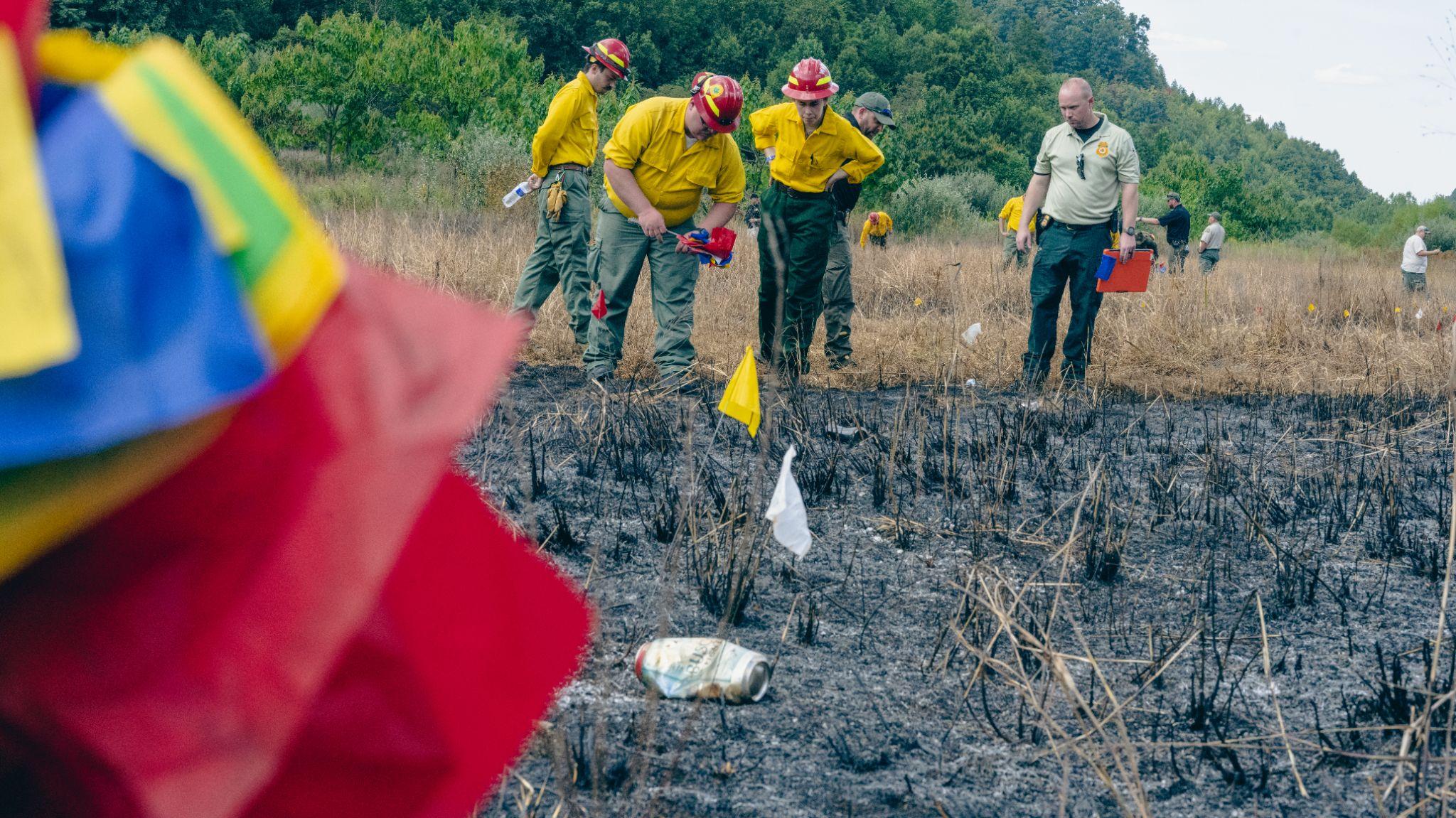
Take into account the weather. Never burn in windy conditions, even if it is after 5 p.m. Wait to burn when conditions are less windy. This also applies to campfires. Forestry publishes a daily Wildfire Danger Map to determine if your area is safe to burn. If in doubt, consult the Division of Forestry to find out.
Take extra precautions when using any outdoor equipment when the conditions are dry and windy. This includes making sure all power equipment has spark arrestors on them and not using grinders or welders in an area adjacent to dry leaves or grass.
What the Public Can Do
“The best thing anyone can do if they see a fire is to call 911 to report it. Be able to provide a good description or address of where the fire is located,” Jarrell said.
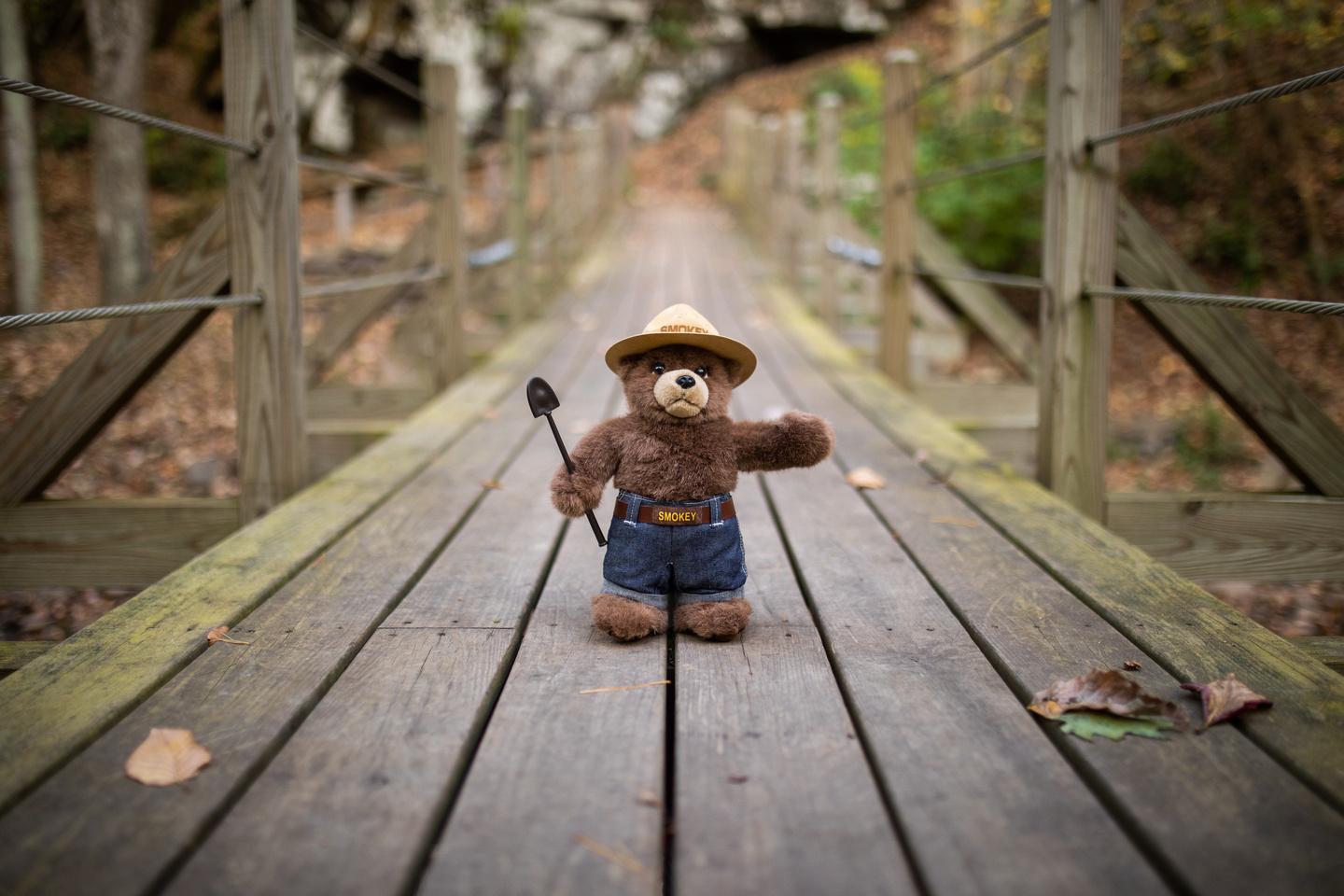
Teach your kids about the importance of preventing wildfires. The Smokey Bear campaign includes fun and educational resources for kids including coloring sheets, games, workbooks, and even a downloadable comic book, “The True Story of Smokey Bear.”
If you have information about an arson fire that is being investigated, contact Forestry Wildland Fire Investigators.
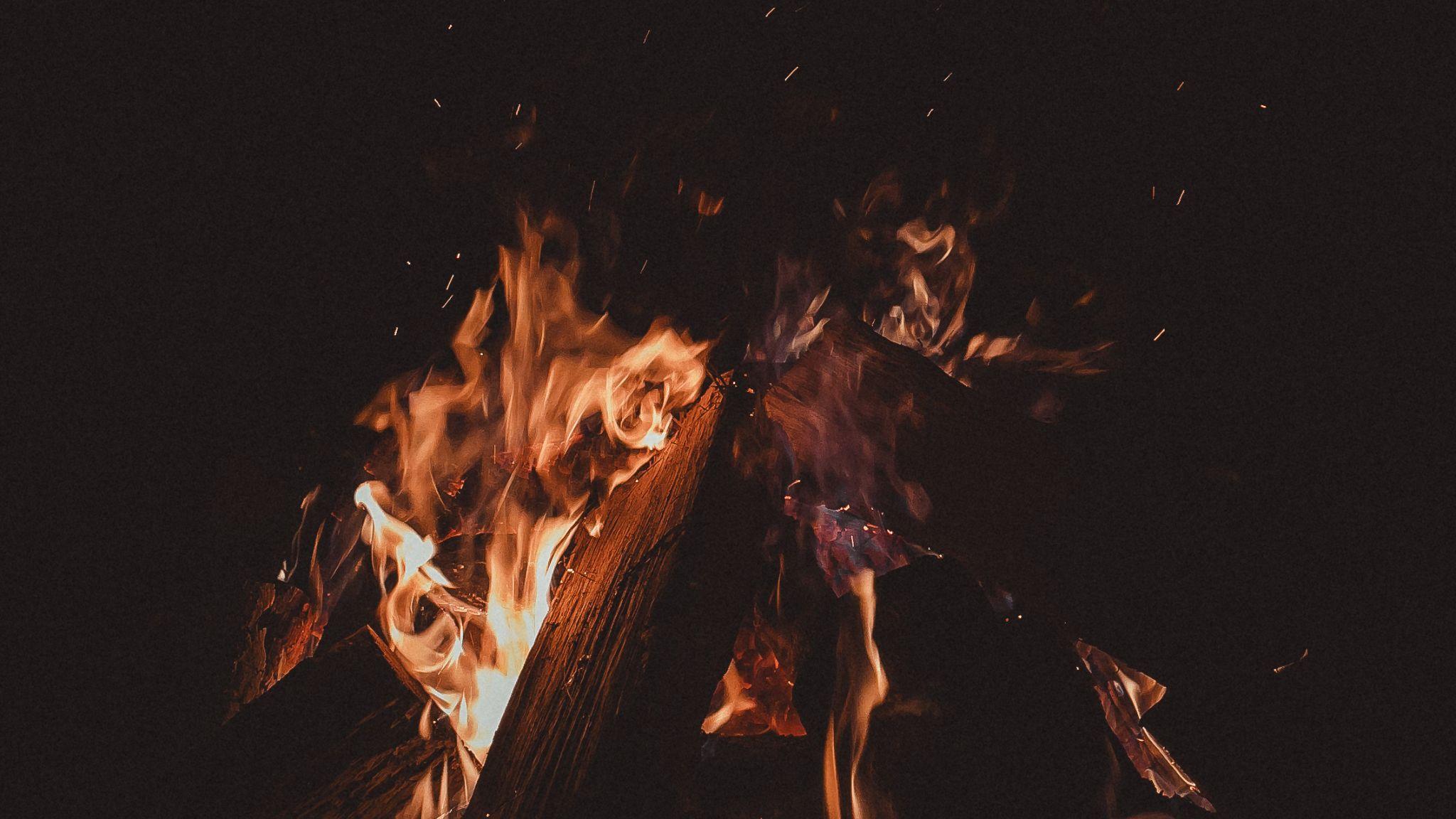
“By catching anyone that intentionally sets the woods on fire, we are lessening the amount of arson fires in the future.”

The Division of Forestry protects nearly 12 million acres of forestland across West Virginia. For more information on fire safety and programs like forest legacy, logging and landowner assistance, visit wvforestry.com.


